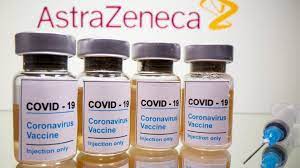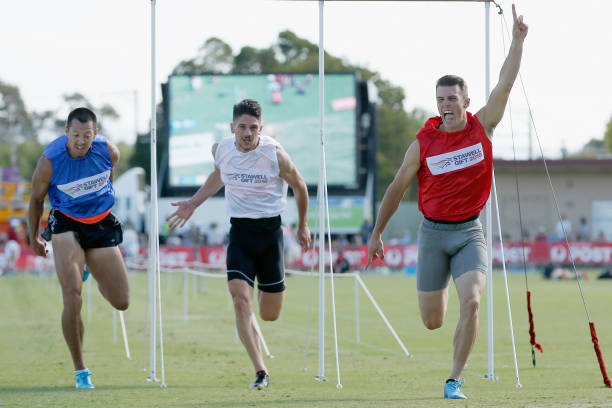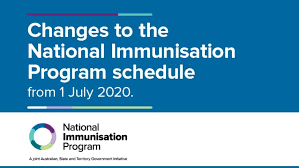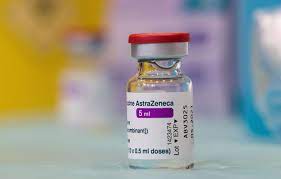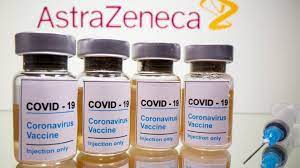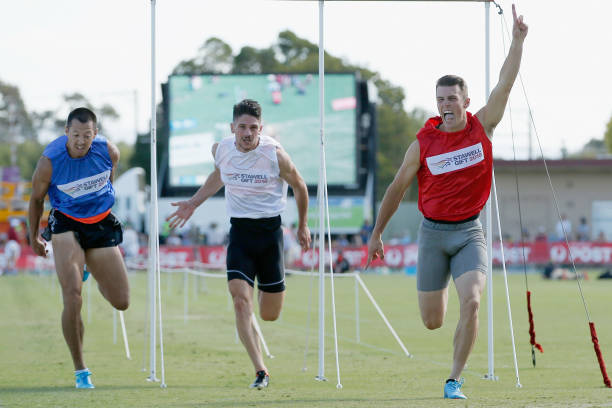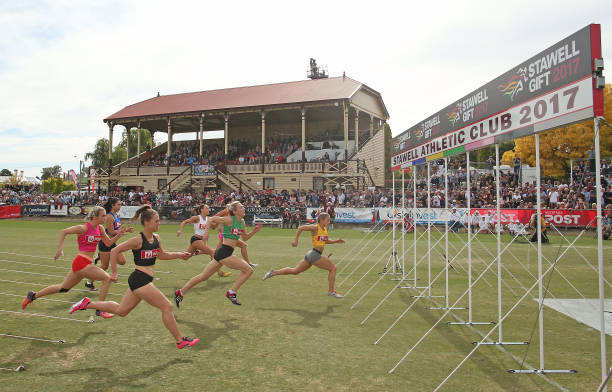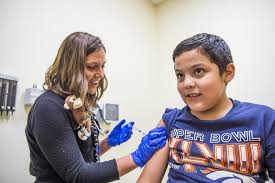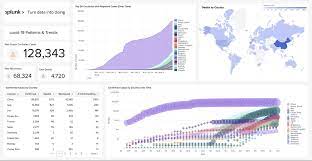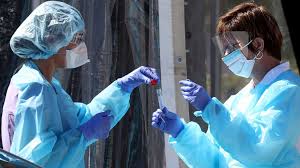Citizens of the Great Southern Land are bracing themselves for the re-opening of their Nation following the devastation visited upon it by the Covid-19 pandemic. The reopening takes place as substantial reconstruction continues.

Domestic architects, builders and planners have expressed disappointment that, as happened the first time round 120 years ago, development is progressing unevenly across the Nation. Eight different construction companies have been engaged, with the only thing they have in common being the requirement that staff are fully masked.
Surprisingly, the rebuilding in train is subject to no Nationwide planning controls. The result will be an entity comprised of eight villages of diverse architectural styles, with less coherence than would have been possible with some centralised leadership.
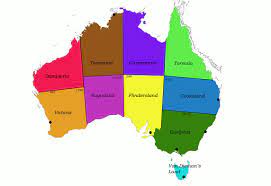
It is, admittedly, difficult to fashion a Nation in a coherent style from a number of separate villages if their starting points are quite different. This is the case in the Great Southern Land, where the extent of the devastation caused by the pandemic varies widely between villages.
Coherence is also harder to achieve when each of the elected Village Heads has ambitions for their own jurisdiction. This leads naturally to competition between the eight.
At its most extreme, this competition can result in some Heads actively working for diversity rather than for Nationwide uniformity or at least coherence. This means that many of the toughest future challenges of governance will again be focused on the relationship between the parts of the Nation rather than on the opportunities provided to a coherent whole.
Initially it was assumed that a Nationwide approach would be brought to the rebuild by National Cabinet. The authority of this secret new body appeared for some time to furnish significant Nationwide power to the Great Southern Land’s Chief Planning Officer (CPO). In July and August 2021, when it was clear that a New-normal would have to be built, some Nationwide building standards were mooted by the CPO. He issued guidelines which would have seen each village rebuilding in parallel timelines. There were to be two criteria to be met by each construction company, one a Nationwide standard, the other relating to each separate village. In what was described as a two-key process, both criteria were to be measured against the Magic Numbers 70 and 80.

However from the beginning of the rebuild there was differential take-up of the guidelines by the various construction companies. There was also uncertainty about the means by which measurement against the Magic Numbers was to be effected. As a result, for all practical purposes those guidelines became nothing more than historical artefacts of governance.
It became clear that neither the CPO nor his Deputies had sufficient competence or interest in the matter to exercise the leverage that was available to them. There will need to be significant climate change for this situation to be improved.
In the largest village the footings of the new edifice were completed some time ago, and the second storey is already taking shape. Some of the Village’s swamps remain undrained but good use has been made of the higher ground which it is assumed will be free from flooding.
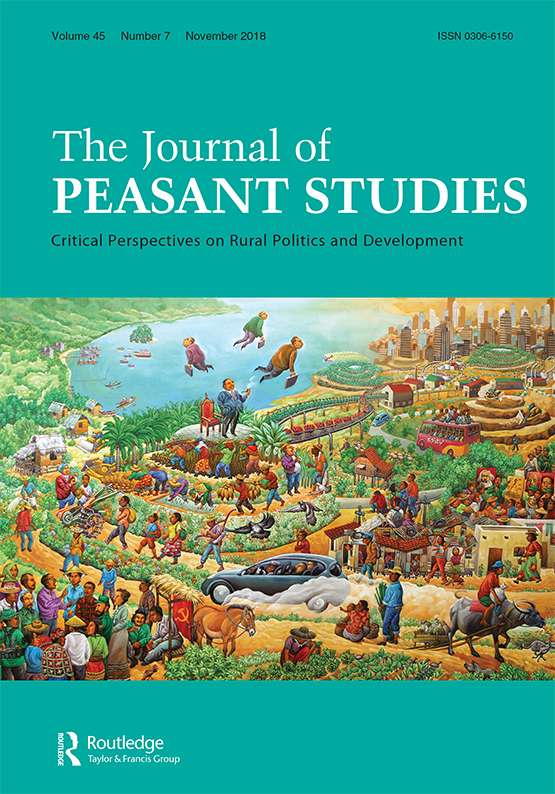
Unfortunately the reconstruction of this Village is now subject to some uncertainty due to a sudden change in its senior management. Under the previous regime there had been an unsustainable pace of construction resulting in occasional design changes being made on the run. This meant planners, builders and suppliers experienced some frustration. Despite this its rebuild continued to out-pace that of other villages.
Completion of the re-build and decisions about the re-opening of this major Village will fall to the new management. Other Village Heads will have the advantage of learning from its experiences, including with respect to outdoor swimming and picnics.
Less enthusiasm for a rapid early opening has been demonstrated to its South and North.
For some time it seemed likely that the village in the South would be Victorious in the competition for the gold standard. But very recently the ground suddenly moved, which delta blow to the Village’s prospects for donuts, resulting in more devastation than had been anticipated.

Given this newly-demonstrated instability, the building standards there are more restrictive than in the largest Village. This has been unacceptable to a very small number of people who have memorably demonstrated their dissatisfaction. Fortunately the vast majority of the Villagers recognise the need for caution to protect the benefits from the resilience they have shown.
The lack of Nationwide leadership has been exhibited by the CPO’s Deputies as well as by himself. One example concerns Rapid Antigen Testing (RAT), which has been used by people in the UK for over a year, with self-administered test results being provided to a centralised online database for analysis and record-keeping. After a long time, presumably due to an abundance of caution, the Regulator of Such Things has approved the use of RATs in the Great Southern Land. Rather than having himself lead energised Nationwide work to roll out RATs, the CPO’s Health Deputy has asked each village to consider their greater use. This is yet another missed national leadership opportunity.
The CPO has enlisted the support of the Defence Force in the Covid-19 work. Generally speaking its role has been to repeat encouragement about the need for people to get vaccinated and promises of a coming abundance of vaccine supply.
Nationwide leadership and energy in the rebuild have to date been very disappointing. But there are many important tasks going forward in the post-Covid rebuild which will benefit from Nationwide leadership. They include the following.

One – further and ongoing analysis of the Magic Numbers 70 and 80. Planners and engineers need to carry out stress tests and make sure that, despite the variety of building styles, all construction results in villages that are safe and draughty.
Two – confirm that there is no national building standard, that villages are free to build to their own standards and in their own timeframe. Initiate spot-checks to ensure the designs adopted are safe for all citizens and suit the circumstances of each village. Windows must be able to be opened.
Three – manage travel bubbles from the Nation to and from other parts of the world.
Four – lead work to repatriate citizens stuck overseas.
Five – work to ensure the availability of leak-proof quarantine facilities.
Six – work to facilitate global vaccine equity.

Seven – fund scientific endeavours to produce new vaccines and develop improved ways to manage viruses and viral infections.
Eight – fund and oversee systems for providing financial support to those people and firms adversely affected by the devastation.
Simply pressuring Village Heads to open their borders is not leadership. The Village to the NorthEast is being unfairly pressurised merely because it has the misfortune to be contiguous to the largest Village. Many of those who wish to cross the border into the NorthEast should not be leaving their homes under their own Village’s regulations anyway.
Decisions about opening the rebuilt Nation must still hinge on the balance between safety for the villagers and economic activity. The CPO should move to re-assert their nationwide authority and work for a high degree of National coherence despite the existence of different architectural styles, varying amounts of devastation and speeds of rebuilding.
Leadership out of the turmoil is particularly important at a time when many interest groups are favouring economic activity simply because of the passing of time, rather than because the weights in the balance between wealth and health have changed.


